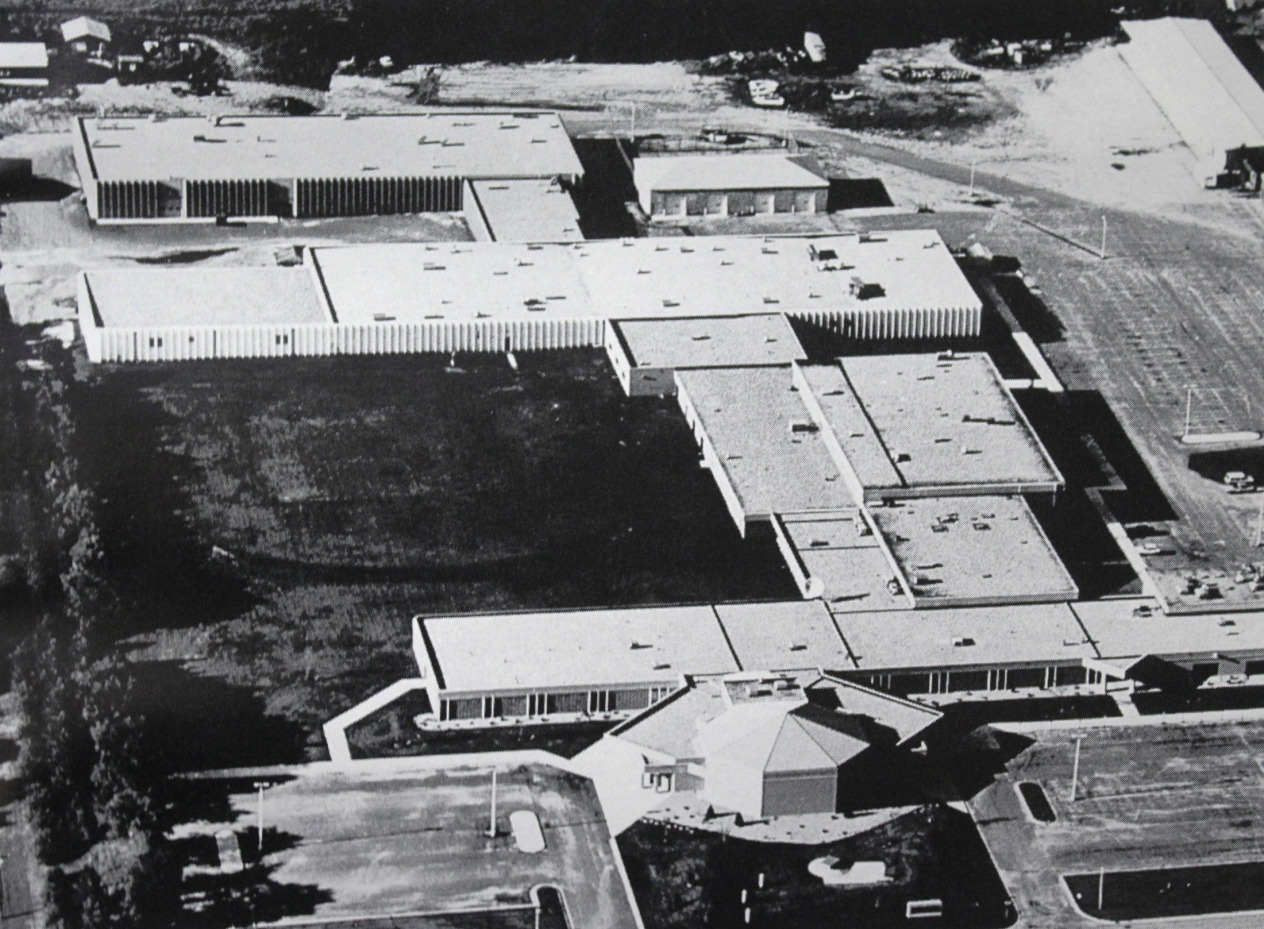Title
RADT1124 - Radiographic Procedures II
Description
Description
This course provides students with the knowledge necessary to perform routine and mobile radiographic procedures relative to the urinary system, lower extremity, pelvis, vertebral column and arthrology. Emphasis is on radiographic terms, anatomy, pathology, positioning, manipulation of radiographic equipment and accessories, and patient care considerations. Basic techniques in venipuncture, contrast media types, intravenous medication and emergency response are also included.
API ID
Credits
4 (2/2/0)
Prerequisites
Competencies
- Describe standard positioning terms.
- Demonstrate proper use of positioning aids.
- Discuss general procedural considerations for radiographic and urographic examinations.
- Cite the structures demonstrated on routine radiographic and urographic procedures.
- Adapt radiographic and urographic procedures based on special considerations and varied clinical settings.
- Simulate radiographic and urographic procedures on a person or phantom in a laboratory setting.
- Evaluate images for positioning, centering, appropriate anatomy and overall image quality.
- Discuss equipment and supplies necessary to complete radiographic and urographic procedures.
- Recite the patient preparation needed for various contrast and special studies.
- Explain and list the routine and special views for all radiographic and urographic procedures covered in this course.
- Explain the purpose of using contrast media.
- Differentiate between positive and negative contrast agents.
- Identify the types, dosage and route of administration of contrast media commonly used.
- Explain radiographic and urographic procedures to patients and family members.
- Apply general radiation safety and protection practices associated with radiologic examinations.
- Distinguish between the types and purposes for arthrographic examinations.
- Identify signs of allergic reactions to contrast media.
- Explain treatment for mild, moderate and severe reactions to contrast media.
- Simulate mobile procedures on a person or phantom in a laboratory setting.
- Describe basic terms related to pathology.
- Describe the causes and manifestations of pathological conditions and their relevance to radiologic procedures.
- Describe imaging procedures used in diagnosing disease.
- Describe the various systemic classifications of disease in terms of etiology, types, common sites, complications and prognosis.
- Describe the radiographic appearance of diseases.
- Identify imaging procedures and interventional techniques appropriate for diseases common to each body system.
- Identify procedural and technique considerations required for pathological conditions.
- Demonstrate venipuncture.
Degrees that use this course
Degrees that use this course
Degree:
Associate of Applied Science (AAS)
Location:
Detroit Lakes Campus
Credits:
79
